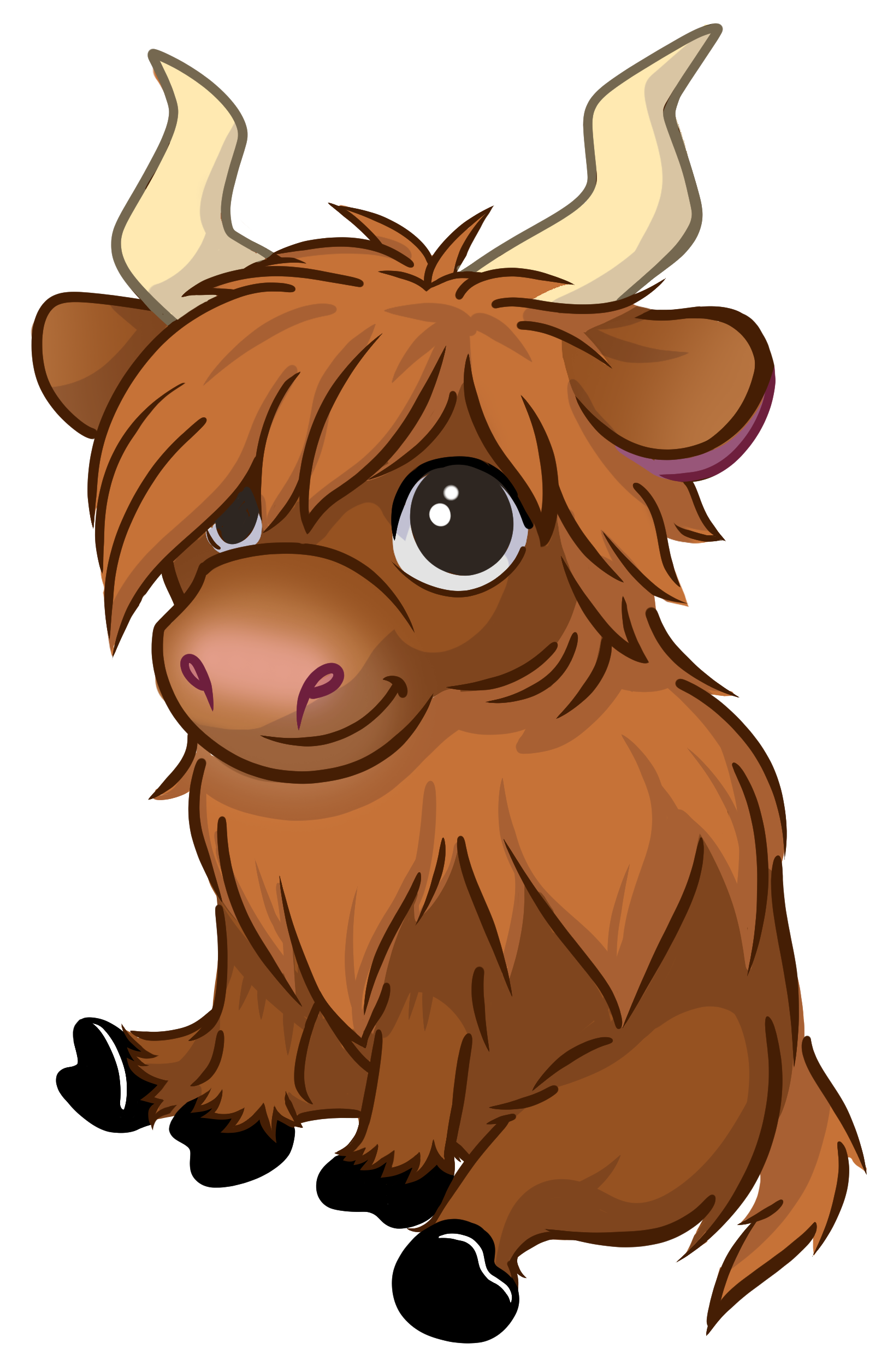Spotlight
History of Highland Dance.
What started as an athletic endeavor has become a combined effort in athleticism and commitment in order to learn the intricate movements of Scottish dance. Long hours of practice and patience are required to learn and perform highland dancing. Here is an abbreviated history of a few of the dances
Photo Credit: Bob Harbison (Bob Harbison Photography)
The Dance Events
Highland Fling
(Photo by Bob Harbison Photography)
This dance is the oldest of Scotland. It was first presented as a victory dance in battle. Originally, clansmen and warriors performed this dance around a small shield, known as a targ which was carried into battle. These shields had long, sharp spikes that projected five to six inches from the center of this heavy piece of protection.
The clansmen placed the targ on the ground and danced around the center of it; the dancer learned quickly to dance with great skill and dexterity because one false move could be painful. The dance is said to have been inspired by the capers of the stag – the dancers upraised arms representing the animal’s antlers. Danced vigorously and exultantly, it is now highly stylized and calls for the greatest skill in technique and exactness of timing.
Sword Dance
(Photo by Bob Harbison Photography)
There is no better known highland dance than the sword dance. The sword dance dates back to 1504. A Celtic Prince — who won a fierce battle— took his opponent’s sword, crossed it, along with his, symbolizing the sign of the Cross, and joyfully danced over these swords.
Seann Truibhas
(Photo by Bob Harbison Photography)
Pronounced ‘shawn trews’ in the Gaelic language, its English version is, "old trousers." The quick foot movements depict a person in the act of shedding their britches (pants) and eagerly anticipating wearing the traditional kilt.
The combined movements are a dance of celebration developed in response to the English repealing of the Act of Proscription in 1747 which restored the right to wear the kilt and play bagpipes again.
Strathspeys and Reels
(Photo by Bob Harbison Photography)
Legend has it that this dance, performed by four dancers, was started by a group of well-wishers waiting outside a locked church in the village of Tulloch for a minister to arrive for a wedding. They danced together on the cold day trying to stay warm. Although the teams consist of four dancers, each dancer is judged individually.
Irish Jig
(Photo by Bob Harbison Photography)
This dance is meant to be a parody of an Irish washerwoman in an agitated state of mind. The story of the dance is as follows: Females dancing the jig are acting out an angry fit of an Irishwoman who’s husband has not made it home from the pub until all hours.Males dancing the Jig act out the happy-go-lucky Irishman facing his wife’s tirade. The dance combines tap movements with expressive arm gestures. Uncommon in traditional highland dance, added by the Scots as a humorous salute to their Celtic Brethren across the Irish Sea.
Sailor’s Hornpipe
(Photo by Bob Harbison Photography)
This dance depicts various shipboard activities. Its name derives from the instrument "horn pipe", —similar to today´s tin flute— which accompanied the dance. This upbeat dance became so popular among seamen that it became known as the "sailor´s hornpipe". You may observe climbing and hauling ropes, look—outs, and many other traditional sailors´ movements.







